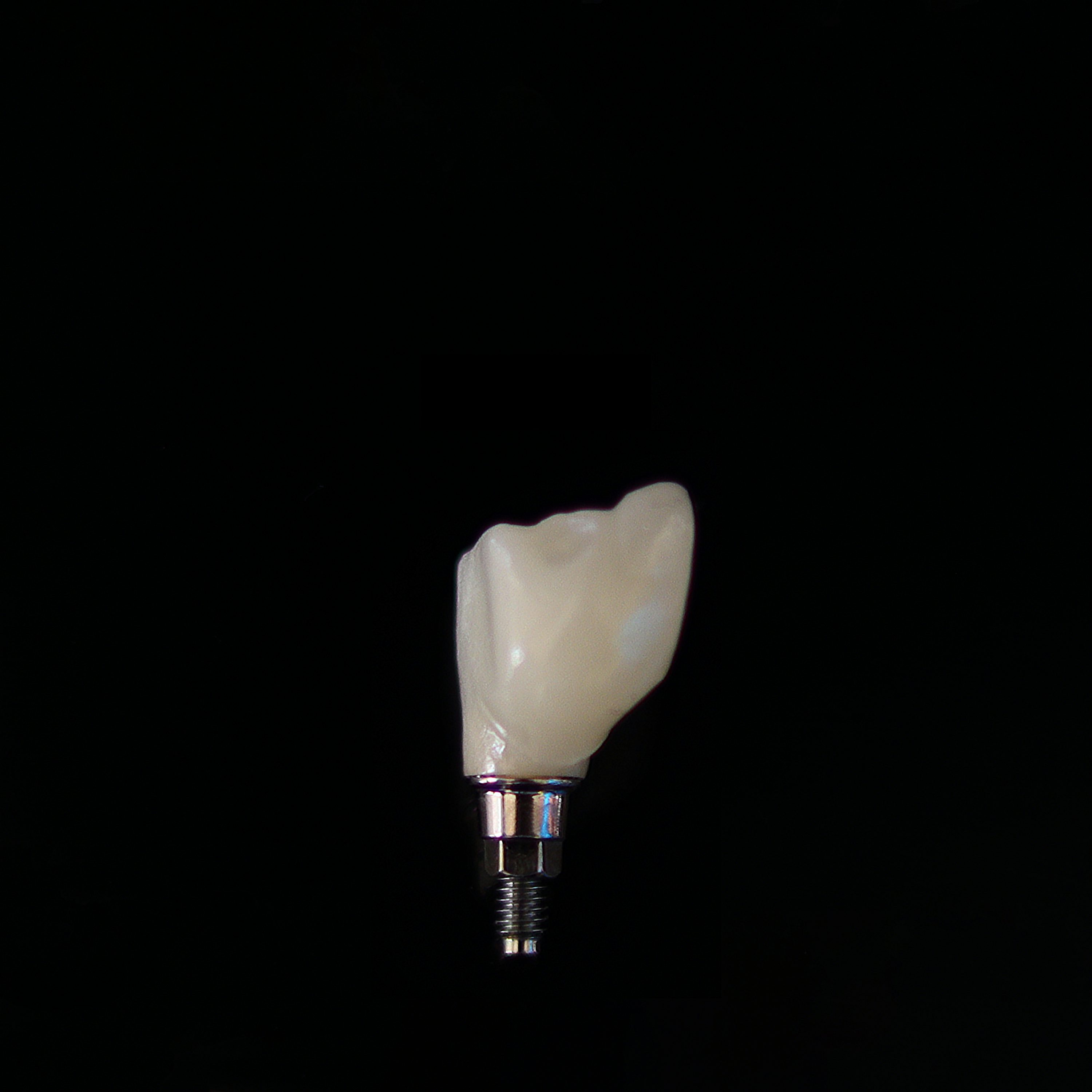Exploring the Hidden Facts About Success Rate of Dental Implants
Dental implants have revolutionized tooth replacement options, but understanding their success rate is crucial for potential patients. This article dives into the hidden factors affecting the success rate of dental implants and shares insights gathered from long-term studies and patient experiences.
Introducing Dental Implants and Their Significance
Dental implants are increasingly recognized as a transformative option for individuals dealing with tooth loss. The success rate of dental implants highlights their importance in restorative dentistry. Designed to act as a substitute for natural tooth roots, dental implants provide solid support for artificial teeth. Numerous studies indicate that patients enjoy a significantly high success rate of dental implants, often cited at over 90%. However, understanding the components behind these promising statistics is essential for informed decision-making. Such insight equips prospective patients with the knowledge needed to evaluate their treatment options. Therefore, grasping the significance of the success rate of dental implants is the first step towards improving one's oral health and overall quality of life.
Understanding the Variables That Impact Success Rate of Dental Implants
When examining the success rate of dental implants, several variables come into play. Variables such as a patient's health status, lifestyle choices, and dental hygiene practices can significantly impact outcomes. For instance, individuals with chronic diseases such as diabetes often experience lower success rates due to impaired healing. Conversely, patients who commit to regular dental care demonstrate higher success rates. Moreover, the expertise and techniques employed by the dental professionals supplying the implants can also profoundly influence results. For all dental implant candidates, conducting extensive research into these variables is necessary to enhance the likelihood of a successful outcome.
The Role of Follow-up Care and Maintenance
Post-operative care plays an essential role in the success rate of dental implants. Regular follow-ups with dental professionals help monitor the healing process, address potential complications, and ensure proper maintenance. The importance of adhering to recommended maintenance schedules cannot be overstated; failing to do so may lead to reduced success rates. Patients who routinely engage in check-ups frequently report greater longevity and satisfaction with their dental implants. Moreover, understanding how to maintain oral hygiene post-implantation further empowers patients to take an active role in ensuring a high success rate of dental implants. Consequently, follow-up care and maintenance are pivotal contributors to improving and sustaining positive dental outcomes.
Patient Narratives: A Reflection on Success Rate of Dental Implants
Examining patient narratives reveals powerful insights into the real-world implications of the success rate of dental implants. Patients often express dramatic improvements in quality of life since receiving their implants. Many reports indicate that the psychological benefits of enhanced confidence and self-esteem significantly contribute to their overall satisfaction. Personal success stories vary, with some patients highlighting the longevity and practicality of their implants as remarkable features. Yet, the crucial takeaway remains that not all experiences are identical; factors such as individual health and the skill of the practitioner play instrumental roles in these narratives. By exploring these stories, a comprehensive understanding of both success and failure outcomes can be achieved.
Long-term Studies and Their Findings
Long-term studies examining the success rate of dental implants reveal extensive patterns. These studies consistently report that successful patients maintain their implants for several years, often affecting fewer complications than other dental restoration methods. It's noteworthy that while the initial placement success rate is often high, long-term maintenance requires continued diligence from patients. Some studies indicate that regular professional care can contribute to a remarkable increase in the overall success rate of dental implants. However, patient commitment towards hygiene and routine dental visits serves as a foundation for the sustainability of these results over time. Therefore, long-term studies play a crucial role in understanding and contextualizing the success rate of dental implants.
Conclusion: The Path Forward for Dental Implants
In conclusion, the success rate of dental implants reflects a blend of science, patient experience, and professional care. By comprehensively examining the contributing factors and patient narratives, it becomes clear that the potential benefits are immense. While the initial statistics present a positive outlook, individual experiences and commitment to care are central to achieving optimal results. Emphasizing the importance of understanding the success rate of dental implants can guide prospective patients towards making informed decisions. Moving forward, continued research and patient education will undoubtedly enhance outcomes in the realm of dental restorations.
